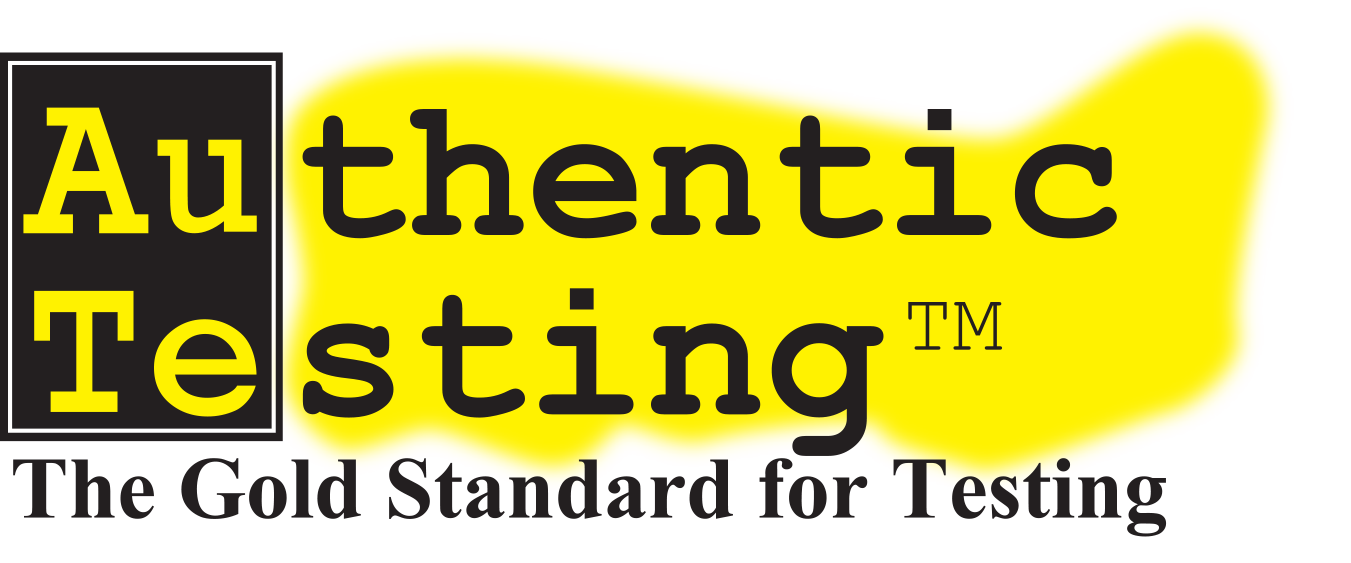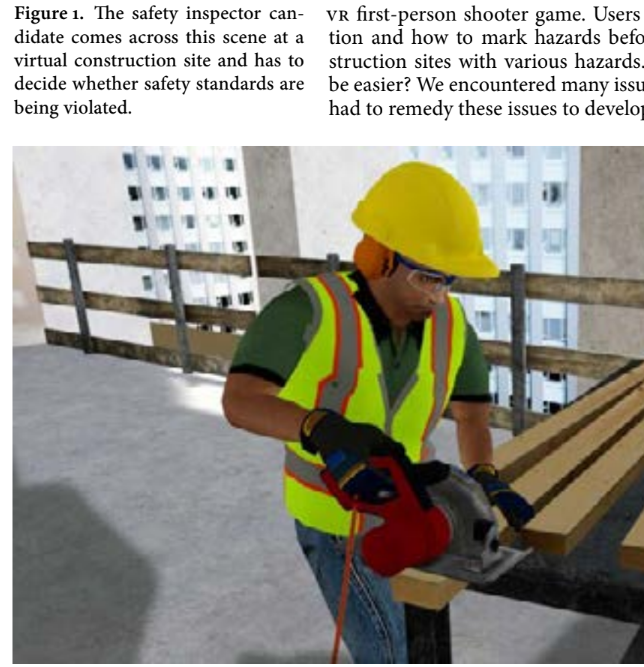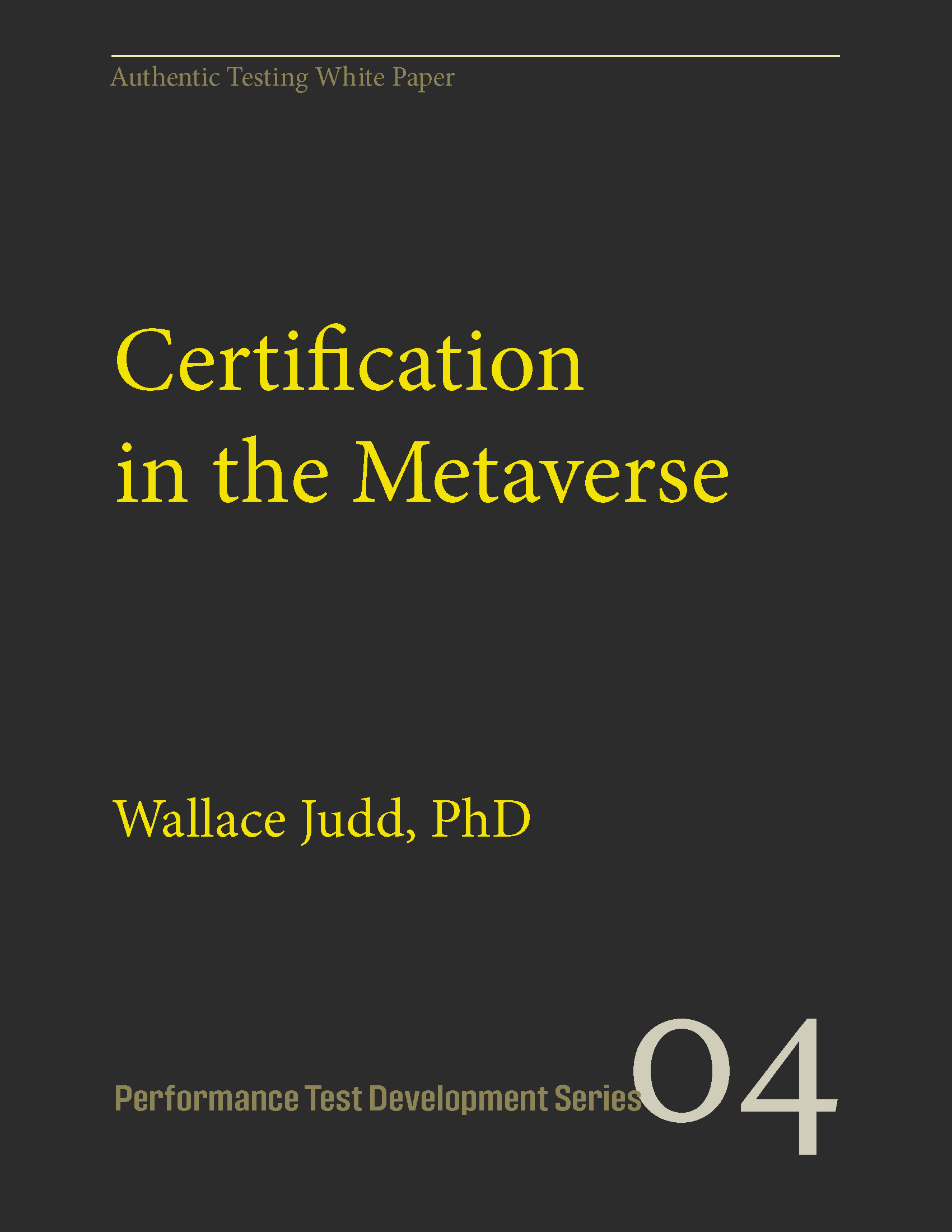A white paper titled, “Certification in the Metaverse,” by Wallace Judd, Ph.D., shares insights from pioneering work in testing using virtual reality. It is the fourth in a series of white papers on performance testing.
In February 2022 the Construction Hazards Identification exam, developed by ITI (Industrial Training International), became the first VR exam to be awarded accreditation by the American National Standards Institute (ANSI) National Accreditation Board. It was accredited under ISO/IEC 17024, the standard for personnel certification bodies.
The white paper, adapted from an article published in the September 2022 issue of Crane Hot Line, describes the challenges that had to be overcome to make sure the VR exam contributed to a reliable, valid, and fair certification.
One challenge is that a VR scenario can be memorable, allowing for the answers to the test to become widely known quickly. This challenge was overcome by showing different candidates different subsets of the available hazards. In one test, an oxygen tank may be near a flame; in another, a worker may not be wearing a hard hat.
Having scenarios assigned in real time raised a different challenge: scenarios take a few seconds to load. This challenge, of course, was addressed by having various hazards grouped ahead of time and assigning each candidate one such scenario. This solution also helped with another challenge, which was ensuring equivalence between candidate experiences.
The papers in this series are intended to be a resource for test developers, illustrating best practices in the performance-testing industry. They provide advice on performance testing topics from initial concept to test delivery.
These topics are presented in language that does not assume study in psychometrics.
The mathematics of any topics are expressed in abbreviated terms instead of the Greek alphabet, and all computations are illustrated in Excel examples.
The papers are published by Authentic Testing, leaders in the field of performance testing, in the hope that they will expand access to performance testing to a wider audience of practitioners, inspiring them to explore the possibilities inherent in performance testing.


